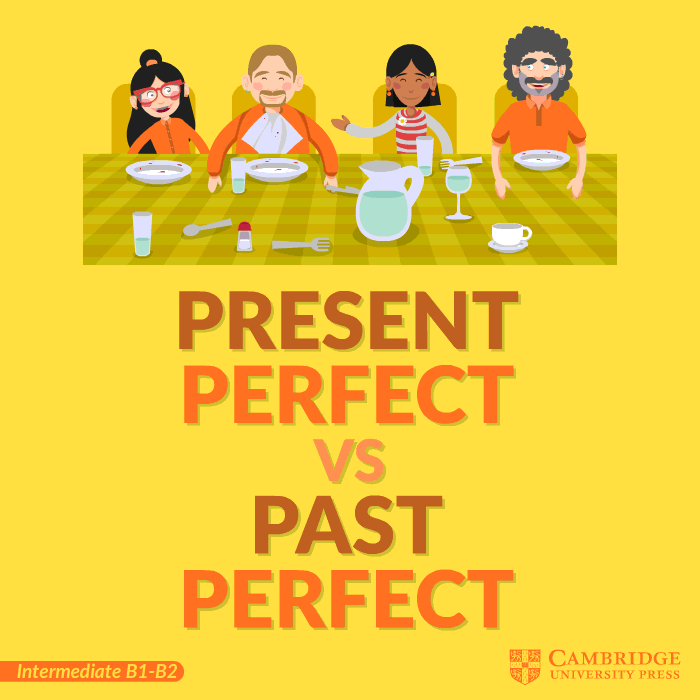Present perfect and Adverbs
PRESENT PERFECT
The present perfect in English is some of the most confusing. So today, we are going to put them into practice.
The present perfect in English is used 'has' or 'have' and the past participle of the verb.
For example, "I have run in the park" or "She has seen the movies."
Use of the present perfect in English
- An experience:
“I have been to India.” - Change over time:
“Her English has improved since she joined EF English Live.” - An unfinished task:
“He has not finished cleaning the house. “
All of these tasks started in the past, but something about them still applies today. Something about them could change in the present or future.
Adverbs
We will focus on particles such as: just, already, yet, for and since. There are certain adverbs and certain prepositions that tend to slip very often in sentences where the verb form is the present perfect.
I’ve just finished this exercise – Acabo de terminar este ejercicio
She has played the violin for ten years – Lleva tocando el violin diez años
They have already found a place – Ya han encontrado un sitio
JUST
Recently it can mean just a few moments ago or in the very recent past.
- Jane has just made a cake. Would you like some?
Jane acaba de hacer un pastel. ¿Quieres un poco? – she has only prepared it a moment ago.
- We’ve just bought a new house
Nos hemos comprado una casa – Very recently, but not necessarily that same day
'Just' always goes between the auxiliary and the participle:
Subject + have / has + just + Verb (Participle) +(Complement)
ALREADY / YET
To highlight whether an action has been carried out or not, we use the adverbs 'already' and 'yet'.
Already
'Already' appears in affirmative sentences and indicates that the action has already been carried out.
- I have already written the article – Ya he escrito el artículo
As you can see in the examples, 'already' always goes between the auxiliary and the participle:
Subject + have / has + already + Verb (Participle) + (Complement)
Yet
'Yet' is used in interrogations, to ask whether the action has been carried out or not, and in negations to say that the action has not yet occurred.
- Have you read it yet? – Ya lo has leído?
- No, I haven’t read it yet – No, aún/todavía no lo he leído
However, 'yet' always goes to the end of the sentence, either negative or interrogative:
- Negative:
Subject + haven’t / hasn’t + Verb (Participle) + (Complement) + yet
- Interrogative:
Have/Has + Subject + Verbo (Participle) + (Complement) + yet ?
FOR / SINCE
We use an expression with the prepositions 'for' or 'since' to indicate how long an action has been taking place.
To express the duration of an activity we can say the amount of time it has been doing.
Then we will use that quantity after the preposition 'for'.
- I haven’t been to that restaurant for six months – No he estado en ese restaurante en seis meses
We can also point out the specific moment in which said action began.
In this case we will have some time expression just behind the preposition 'since'.
- They haven’t had holidays since last summer – No han tenido vacaciones desde el verano pasado
- Maya has lived in the USA since 2001– Maya vive en los Estados Unidos desde el 2001



Comments
Post a Comment